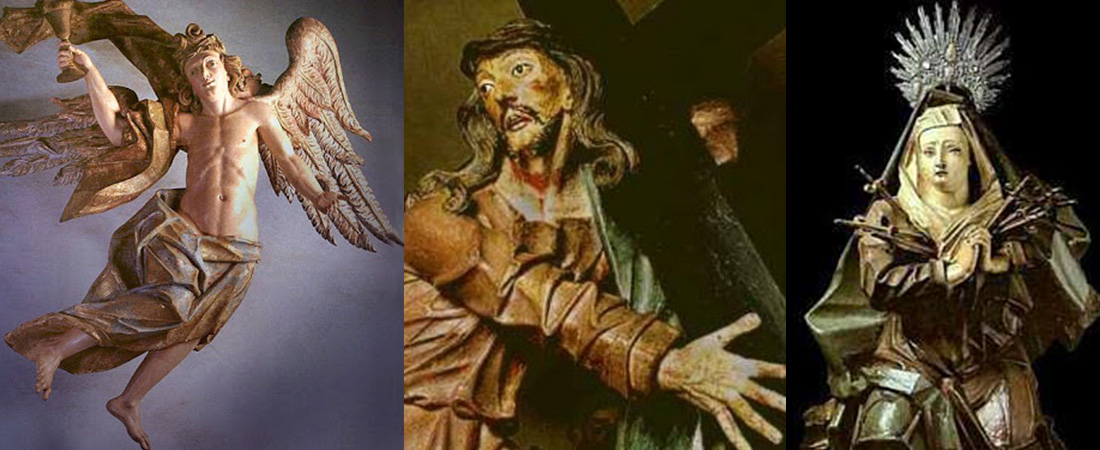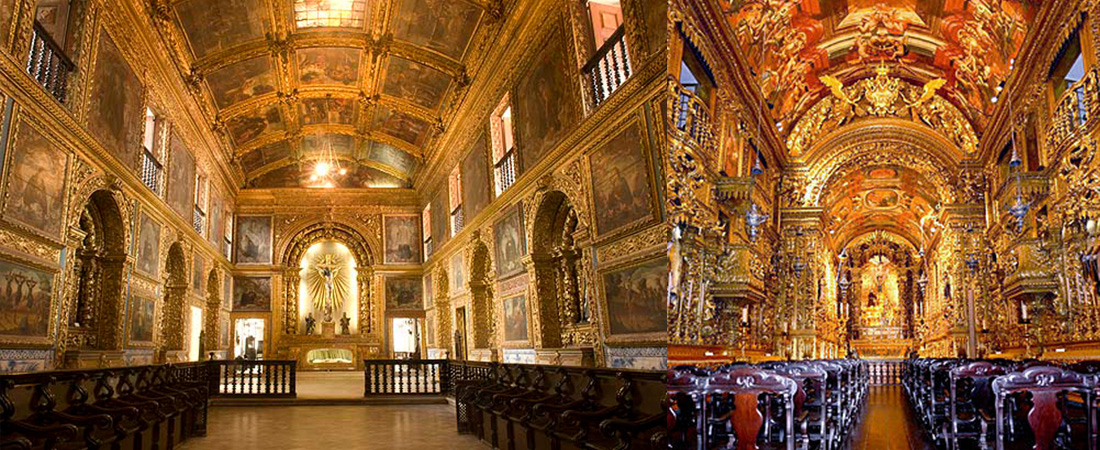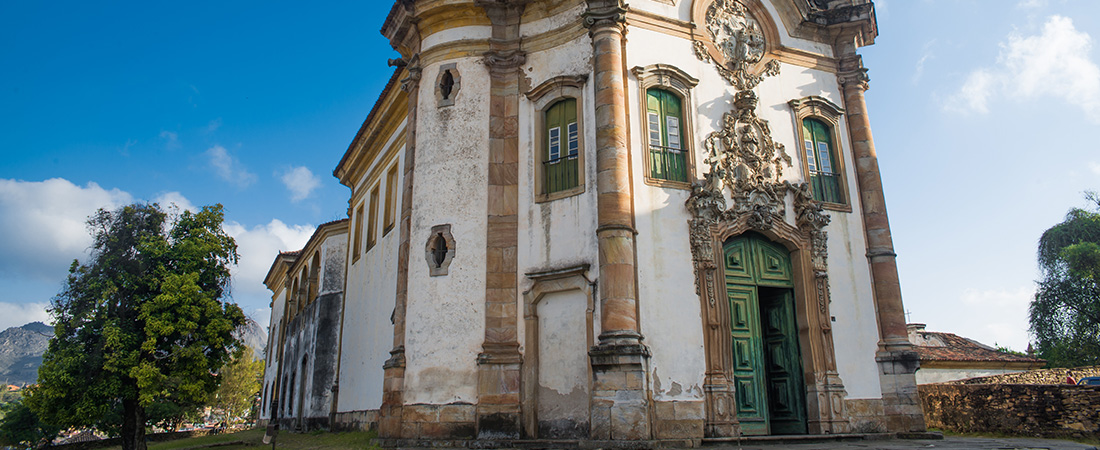The Project
The amount of sacred and religious music produced by Brazilian composers in the 18th and 19th centuries is immense. Archives in several regions of the country are packed with manuscripts, autographs and copies that attest for that enormous output, which remains in great part unknown. Not even a survey of all such archives has been made. Some private and institutional initiatives produced a few catalogues, thematic and not-thematic, that allow us to have a partial view of Brazil's past output levels, with a focus on sacred and religious music [1].
For that music to be known, performed, recorded and appraised it is necessary that it is edited and published, since access to manuscripts is in many ways difficult. Modern copies have managed to fill some gaps, but necessarily have little circulation. One can observe empirically that the editorial movement in Brazil is very incipient and cannot cope with the immense profusion of manuscripts, with music of all kinds. Not only is the quantity of publications scarce, but they run out quickly, besides having limited distribution. Musicians, avid for performing material, constantly ask themselves: what is out there? Where does one find what is out there?
The Catalogue of Brazilian Sacred and Religious Music - Works from the 18th and 19th Centuries focuses on composers born in Brazil, encompassing also those who, though born in other geographic areas of the world, developed their activities in Brazil. Special exception was made for composers such as Sigismund Neukomm (1778-1858), who were active in Brazil but for a brief period; they are represented by works that were performed in the country, as is the case with the 1816 Missa Solemnis (CMSRB-097/023).
Our interest lies in the works composed in the 18th and 19th centuries. Whereas in most cases that delimitation does not pose a problem, we have had to deal, however, with cases such as the composers whose creative period crossed over from the 19th to the 20th century. When such works could be dated to within the 19th century or the first few years of the 20th century, they were included in the CMSRB.
A further important delimitation regards the characteristics of the repertoire, so that it is exclusively concerned with the sacred and religious repertoire of the catholic, liturgical and para-liturgical tradition: masses, offices, novenas, prayers, etc.
Publications made in Brazil and abroad, with editions established by Brazilian and non-Brazilian researchers, were taken on board.
Only the publications to which we had actual access were committed to the CMSRB. Publishing-company catalogues and even library records point to the existence of more publications, which unfortunately we have so far been unable to locate. It is possible that at a further stage we may include such publications on CMSRB's online version, under the tag "Not located". It is a way of encouraging further research.
The digital format of the first version allows for the constant updating of the data therein, as new discoveries are bound to be made, apart from the fact that current ongoing projects are to release new titles in the market.
Besides, internet availability allows researchers from all parts of Brazil and the world free access to CMSRB content.
[1] Barbosa, Elmer, 1979; Duprat, Régis, 1991; Mattos, Cleofe Person de, 1970; Arquivo Público do Estado do Maranhão, 1997; Nogueira, Lenita Waldige Mendes, 1997, among others.


